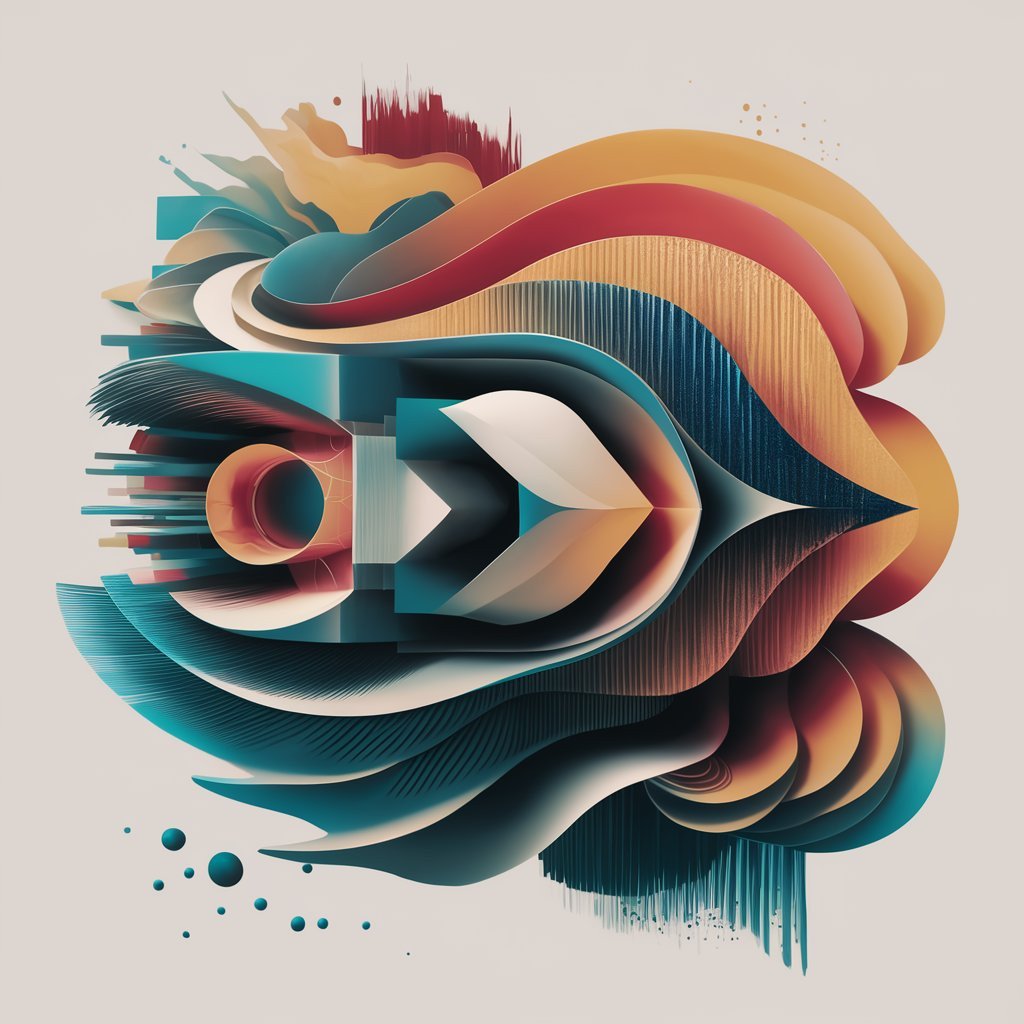In the rich tapestry of design history, the evolution of graphic design stands as a testament to human creativity and ingenuity. From its humble origins in print media to its dynamic adaptation in the digital age, graphic design has undergone a remarkable transformation, shaping the way we communicate and interact with the world around us.
In the early days, graphic design was synonymous with the printed page, where skilled artisans meticulously crafted typographic layouts, illustrations, and advertisements. The tangible nature of print demanded precision and attention to detail, as designers worked within the constraints of physical space and materials.
However, with the advent of digital technology, the boundaries of graphic design were shattered, unleashing a wave of innovation and experimentation. Suddenly, designers had access to a vast array of tools and techniques, enabling them to manipulate images, text, and color with unprecedented freedom.
The rise of the internet further propelled graphic design into new frontiers, as designers embraced the dynamic nature of the digital realm. Websites, social media, and multimedia platforms became blank canvases for creative expression, blurring the lines between design and interactivity.
Today, graphic design is more versatile and ubiquitous than ever before, permeating every aspect of our lives. From the sleek interfaces of our favorite apps to the eye-catching visuals that adorn our social feeds, graphic design continues to captivate and inspire, bridging the gap between art and technology.
As we look to the future, one thing is certain: the evolution of graphic design is far from over. With each passing day, new technologies emerge, new mediums emerge, and new possibilities emerge, ensuring that graphic design remains at the forefront of innovation and imagination.
